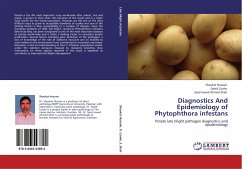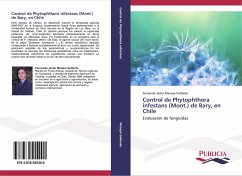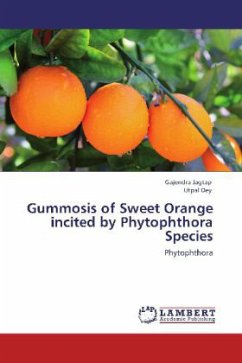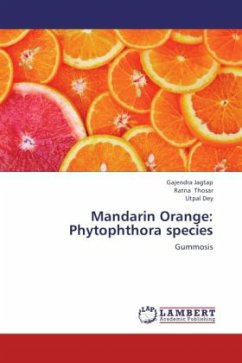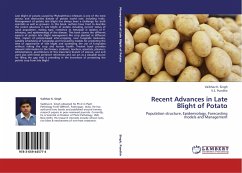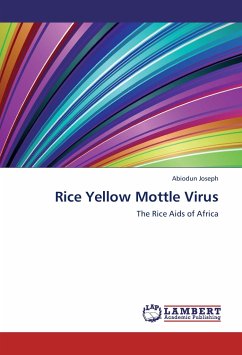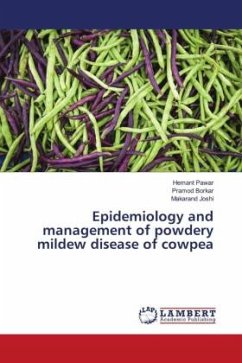Potato is the 4th most important crop world-wide after wheat, rice and maize, is grown in more than 125 countries of the world and is a major food source for the world population. Potatoes are still one of the most difficult crops to grow to acceptable standards of quality and one of the limiting factors is their susceptibility to a number of diseases. Since the European epidemic of 1845, late blight, caused by Phytophthora infestans (Mont) de Bary, has been recognised as one of the most important diseases of potato world-wide and is often a limiting factor to successful potato production. Several factors including poor detection of the pathogen, a lack of knowledge of the role of soilborne inoculum and an inability to track isolates in the environment have contributed to increased crop losses. Moreover, a lack of understanding of how P. infestans populations evolve under the selection pressures imposed by resistance breeding. New information on these aspects reported in this book is expected to contribute to improved late blight management.
Bitte wählen Sie Ihr Anliegen aus.
Rechnungen
Retourenschein anfordern
Bestellstatus
Storno

